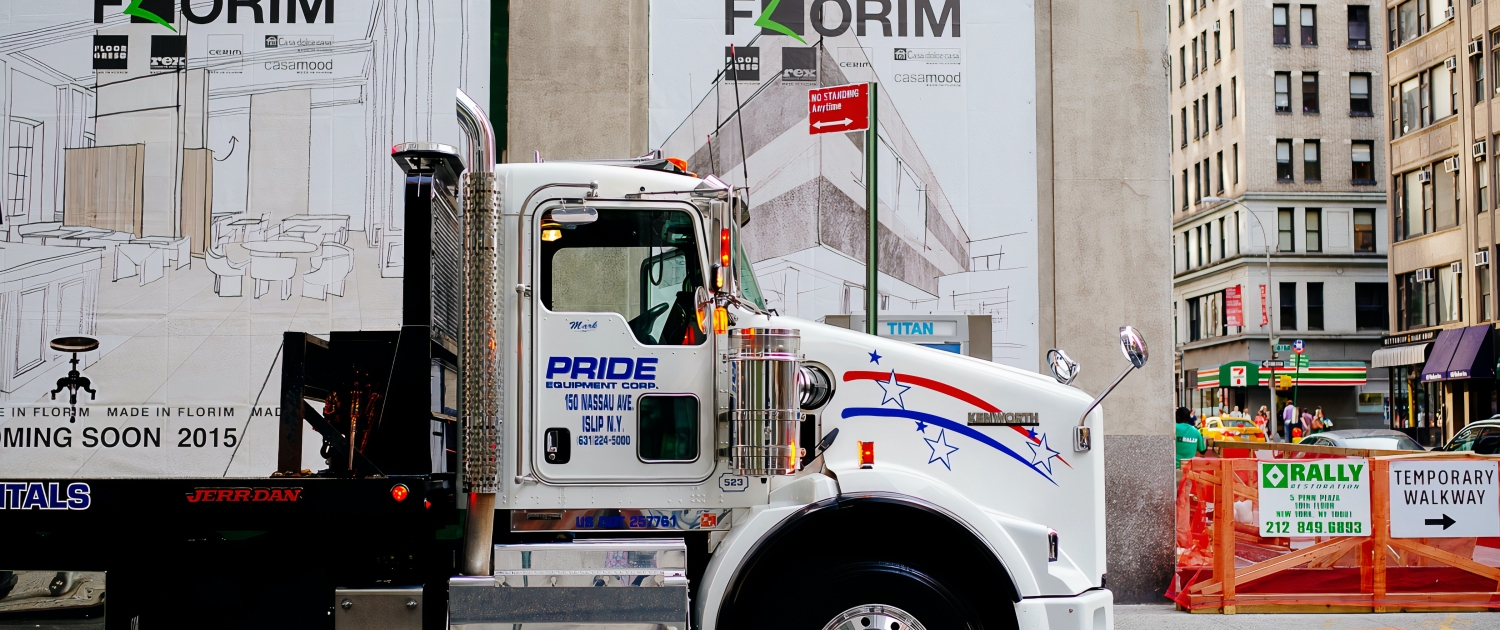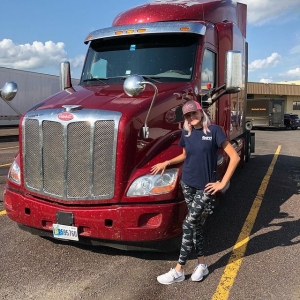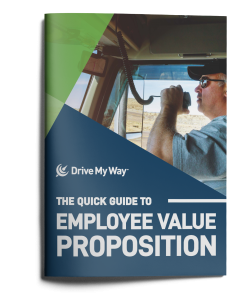
Good truck driver interview questions do two things. They help you find drivers who are going to be a good fit for your carrier while helping you build a relationship with them at the same time. The best recruiters use a conversational style to learn more about drivers’ experiences and skills as well as their goals for a new job.
Informative and approachable truck driver interview questions are the foundation of a strong recruitment for retention strategy. Here are 5 tips to help you get to know the drivers you’re interviewing and find one who fits well with your fleet.
1. Start With the Basics

Chelsee Patton, Director of Recruiting at RTI
The purpose of an interview is to find a driver who has the skills and qualifications to do a specific job. Inevitably, it is crucial to have a clear picture of their experience, endorsements, and total compensation needs. The challenge is to get that information in an approachable way.
Drivers should feel like the interview is building a relationship rather than simply an effort to fill another seat with an anonymous face. Strong interviewers learn about drivers’ skills and experience through conversation.
We spoke with Chelsee Patton, Director of Recruiting at RTI and CDL holder, about effective interviewing as part of recruitment. She shared these thoughts,
“For carriers trying to improve their interview process, I would tell them to take a look at how they’re talking to drivers at the beginning of the interview. Are you automatically jumping into, “How much experience do you have? How many tickets? How many accidents?” If so, I would recommend conversationally talking through all of that instead of reading questions one after the other off a sheet.”
As you build relationships with drivers, keep a detailed record of their professional profile. Clearly denote the driver’s experience and endorsements. This information helps automatically filter out unqualified applicants. Drivers’ requested total compensation should also be clearly noted. If they express specific demands around home time, base pay, or benefits, make sure to include that information.
Similarly, if drivers respond negatively to the total compensation you are offering, note that as a possible red flag. Delving into basic information such as skills and endorsements is an opportunity to learn key information while setting a positive tone for future interactions.
2. Find Out What Drivers Are Looking for
Not all drivers are a good fit for every job, and that’s ok. Time is a precious commodity in the recruiting world, so find out early what drivers are looking for. Some drivers may talk about career plans and advancement opportunities. Understanding each driver’s underlying motivation helps frame the conversation and contextualizes that driver’s priorities. Use that information to focus on the job aspects that are most important.
In some cases, a driver’s goals may not be compatible with the available position. That’s also valuable knowledge. In these cases, learning that quickly can help you end the conversation and encourage the driver toward other positions to save time.
If you still want to attract the driver, make sure to be as transparent as possible about the open job. Unfulfilled or misled expectations will only lead to high turnover and a bad company reputation. Instead, put your efforts toward quickly identifying drivers who are a good fit and may stay in the job for many years to come.
3. Ask Role Specific Questions

Chelsee takes the wheel
Once you have a baseline of information about the driver’s qualifications and future goals, hone in on the specific job. Discuss features of the job that are atypical or have raised concerns from drivers in the past.
For example, if drivers need mechanical knowledge, ask “What experience do you have fixing mechanical problems with your truck?” Similarly, if the position includes slip seating, ask drivers about their preferences and habits when sharing a cab. All of these truck driver interview questions shift the focus to recruiting for retention.
4. Use Behavioral Interviewing
If you have a strong driver candidate based on their qualifications, the next step is to use behavioral interviewing to assess their on-the-job competencies.
These questions look at how a candidate has handled past situations in an attempt to predict how they’d behave in the future. Behavioral interviewing questions look at a candidate’s problem-solving, priority setting, and conflict management abilities.
To ask effective behavioral interviewing questions, use the STAR technique. Situation, Task, Actions, and Result. To start, ask candidates to describe their past experiences. Then, listen closely and evaluate based on the Situation or Task they encountered, the Actions they took, and the Result of their actions.
Think about situations that current drivers for your carrier deal with and ask candidates how they would react if faced with them. This will give you a good indication of if they’ll be a good fit for your carrier.
5. Share the Mic
Truck drivers want to know that their carrier will respect and value their contributions. One way to demonstrate your commitment to drivers from the start is by sharing the mic.
Allow time for drivers to ask questions during the interview or at the end. Doing so signals to drivers that you care about their input and whether the job is a good fit for them. It’s also another valuable opportunity to understand what they prioritize. If they’re a strong candidate but undecided about the position, that insight may help you win the driver to your team.
As a recruiter, it’s hard to predict exactly what drivers may ask, but prepare answers for common questions. This will likely include questions about home time, pay, benefits, and equipment among other things. Before you end the conversation, make sure the driver is clear about the job offer. Transparency upfront supports long-term retention.
Good truck driver interview questions give you the opportunity to get to know potential drivers so you can focus on boosting retention. When drivers and carriers connect transparently over a job that is a mutually good fit, the interview time is well worth the investment.









